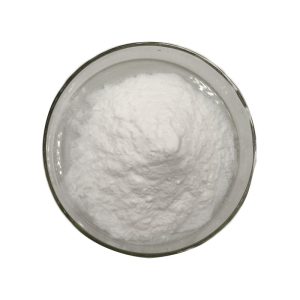ExtractN-Acetyl-Alpha-D-Glucosamine CAS#10036-64-3
Chemical name: N-acetyl-α-D-glucosamine
Molecular weight: 221.21
Alias: 2-(acetylamino)-2-deoxy-D-glucose; N-acetylglucosamine
Physical properties
Appearance: white crystalline powder.
Solubility: easily soluble in water, slightly soluble in methanol, insoluble in organic solvents such as ethanol and ether.
Melting point: 202-204℃ (decomposition).
Stability: stable under normal conditions, but hydrolysis may occur in strong acid and strong base environments, breaking the chemical bond between the acetyl group and glucosamine.
Reactivity: It is an amino sugar derivative that can undergo common reactions in sugar chemistry, such as condensation reactions with carbonyl compounds such as aldehydes and ketones. Its amino group can be further modified, such as alkylation, acylation and other reactions.
Metabolic effects: N-acetyl-α-D-glucosamine is an important component of biological macromolecules such as glycoproteins, glycolipids and amino polysaccharides in organisms. It participates in various physiological processes such as cell recognition, signal transduction, and intercellular communication.
Biosynthesis: In the body, it can be synthesized through the metabolic pathway of glucose. First, glucose is phosphorylated, and then through a series of enzymatic reactions, an acetyl group is added under the action of aminotransferase to form N-acetyl-α-D-glucosamine.









